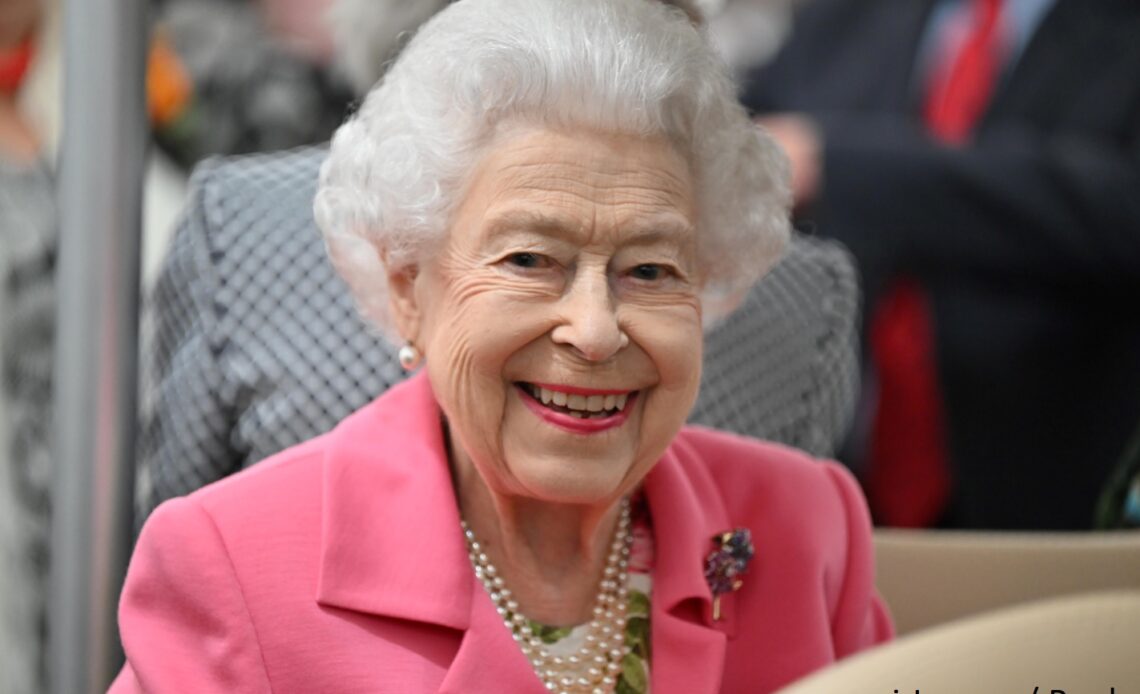
King Charles III has decided to decommission the royal train, bringing to an end almost two centuries of history. Costs and a need to modernise are being given as the reasons The King has decided to call time on the train.
Almost ten years ago, Queen Elizabeth II faced the same questions – was the Royal Train still viable? Her answer was different but came with a warning that keeping the train going might be a short term decision.
Back in 2017, after Sir Alan Reid, Keeper of the Privy Purse, told MPs the Royal Train would only have five to ten years left in its life, it seemed Queen Elizabeth II would lose what was an iconic mode of transportation.
Yet, much to the relief of the Royal Family, the train was kept on. According to a source that spoke to The Telegraph, Queen Elizabeth made it known that the train was her favourite method of getting around and tests were undertaken to better understand the state of the Royal Train.
In 2017, the source said: “Sir Alan Reid reported to Parliament a few years ago that the train may have to be decommissioned shortly. But since then tests have revealed it has more life in it than previously thought.
“There’s no end in sight to its use and no fixed, agreed horizon in terms of when it will become inoperable or be decommissioned. For the Queen and members of the Royal Family it is a sensible and cost effective way of travelling, enabling them to stay the night close to the location of an engagement the following day – but without causing the disruption or security costs that, say, a hotel in a city centre would entail.”
The train was, at the time, homed at the railway depot in Buckinghamshire, but with the possibility of the redevelopment of the land, a new home was already being considered.
Now King Charles III has decided that the train will no longer run. The Prince of Wales is said to support his father’s decision.
The train will be phased from service from 2027 onwards, almost two centuries after Queen Victoria became the first monarch to travel by rail.

